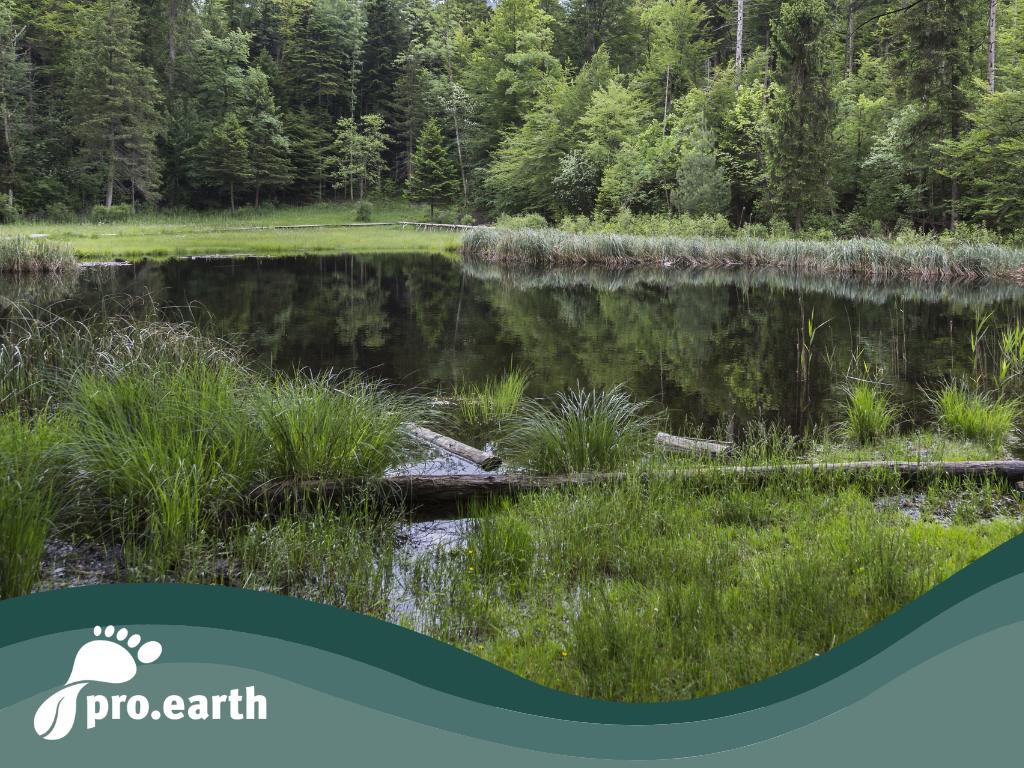The importance of the moor - renaturation of the Styrian Naßköhr moor continues

Peatlands store more CO2 than other ecosystems and are also among the most endangered habitats in the world. They are also considered hotspots of biodiversity.
In times of climate change, the focus is on protecting the water balance of moors. The Austrian Federal Forests (ÖBf) are committed to precisely this goal with the renaturation of the Naßköhr moor in Styria, which is now being continued on an area of more than 16 hectares.
"Worldwide, peatlands only cover three percent of the earth's surface, but store around 30 percent of the earth's carbon. Peatlands also fulfill an important function as water reservoirs: they can absorb large quantities like a sponge and thus cushion weather extremes such as heavy rainfall and contribute to securing our drinking water," says Water Minister Norbert Totschnig. "Intact peatlands play a key role in climate protection, which is why Austria has been committed to protecting them for decades. With the Austrian Mire Strategy 2030+, we are among the international pioneers in this area," said Totschnig.
Largest moor complex in the eastern Alps
As part of the Mürzer Oberland Nature Park, the Naßköhr is the largest moor complex in the eastern Alps. The 450-hectare area is characterized by a mosaic of high, transitional and low moorland areas with a peat layer up to three metres thick. As early as 2004, 21 moors on the Naßköhr were designated as a joint Ramsar site.
What does Ramsar site mean?
The Ramsar Convention is an international agreement on the protection of wetlands. It was adopted in 1971 in Ramsar, Iran, and has since been signed by 172 countries. Austria ratified the convention in 1983. 24 Ramsar sites have been designated since then. The designation is to be understood as a seal of quality and means that these are internationally important wetlands whose protection and preservation is essential. There are 24 designated Ramsar sites in Austria.
To mark the anniversary, the brochure "Active for moors" was republished together with the BML. It can be ordered or downloaded free of charge at www.bundesforste.at/publikation.
https://news.pro.earth/2023/01/15/moore-speichern-kohlenstoff-klingt-sensationell/
Larch wood dams for a healthy water balance
In the past, overgrazing, draining and peat cutting caused severe damage to the moor landscape at Naßköhr:
The aim of the renaturation work is to stabilize the water balance in order to protect the moor from drying out. Wooden dams made of larch wood are erected for this purpose. They hold back the water in the peat body. The water level is raised and peat moss growth is stimulated. This is done with the utmost care, as the moorland areas may only be driven on and walked on in small areas.
An intact moor stores more carbon than any other ecosystem
An average moor in Austria stores around 150 tons of carbon per hectare in the top 50 centimetres of soil, which is more than any other ecosystem. Renaturation stops CO2 emissions and stimulates carbon sequestration. One hectare of intact peatland absorbs up to one tonne of CO2 from the atmosphere every year, which is about the same amount as is emitted per person on a flight from Vienna to New York. However, once the peat moss has been destroyed, reconstruction is slow. On average, the plant grows just one millimeter per year.






